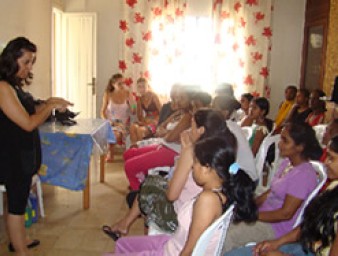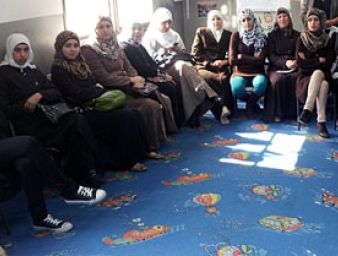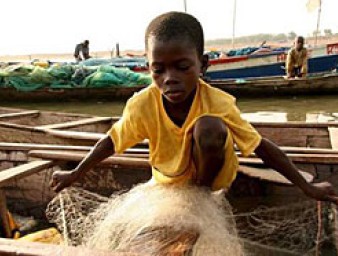No future for enslaved children working in mines and quarries
23 September 2011
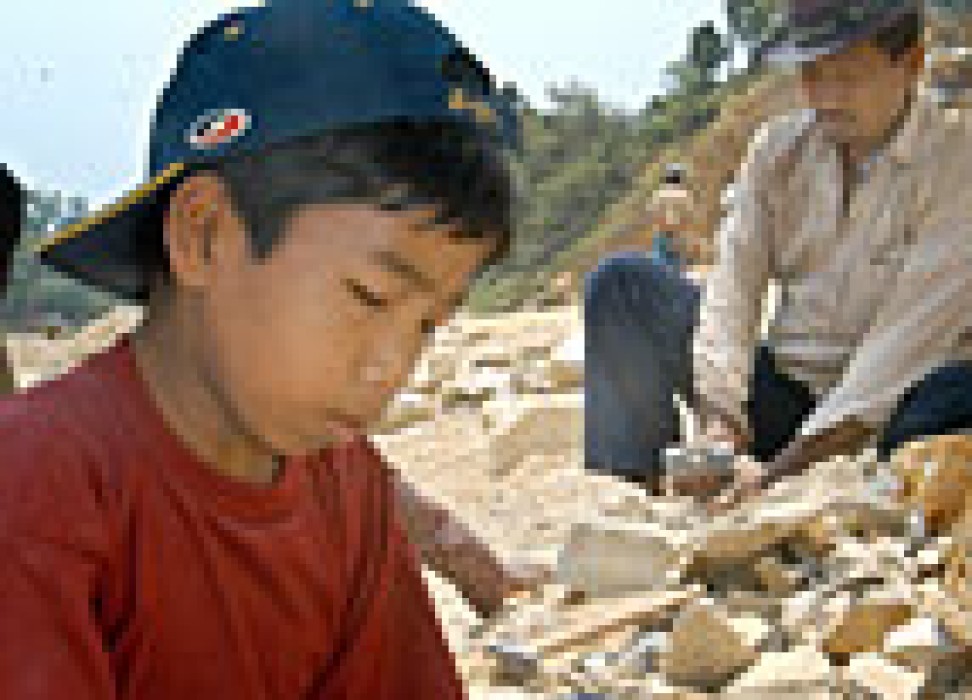
The ILO estimates that one million children in Africa, Asia, Latin America and Europe work in artisanal small-scale mining and quarrying. These figures are likely to increase due to the higher prices and demand for minerals from countries of the Organisation for Economic Cooperation and Development and emerging economies.
In her latest report to the Human Rights Council, the Special Rapporteur on Contemporary Forms of Slavery, Gulnara Shahinian, shows that the work carried out by children as young as three years old in mines and quarries qualifies as modern day slavery, due to the combined elements of coercion, fear, restriction on freedom of movement, and complete dependence on the employer.
“The mines and quarries in which children work are often informal and situated in remote areas of a country,” Shahinian notes. ”They remain out of reach of the rule of law in communities commonly referred to as “frontier communities”, where traditional social structures of society and ethical value systems have broken down. These communities are often characterized by violence, crime, and substance abuse.”
Shahinian’s report highlights that the medium and long-term effects of this type of work on health are far more severe on children then they ordinarily are on adults. Children suffer respiratory illnesses because they inhale rock dust; they are exposed to toxic metals and hazardous chemicals which impact on their nervous systems, cause physical disabilities and even death; children also run the risk of spinal injuries and physical deformities due to the heavy loads they carry.
Mine and quarry work has additional effects on children’s rights. The majority of mining communities do not provide access to basic services such as health care or schools. Children who do go to school are unable to combine mine work and school work and usually drop-out of school by the age of ten. Girls working in and around mines and quarries are vulnerable to rape and sexual exploitation. These communities often have high rates of sexually transmitted diseases, teenage pregnancies and single-parent households.
According to Shahinian, poverty is one of the main reasons why children work in the sector and one of the obstacles to eradicating slavery. She stresses that it is the responsibility of Governments to provide alternative livelihoods to families through which they could supplement their income.
“With the lack of investment in rural livelihoods and alternatives to subsistence farming, mining – particularly gold mining - is regarded as a quick way of making money. Artisanal miners make one-three times more money from mining than from farming,” the Rapporteur’s report reveals. “However, although better paid than other occupations, it needs to be highlighted that in most of the cases, owing to factors such as debt bondage, inflated prices for basic goods and lack of basic services, wages hardly cover subsistence costs, perpetuating the need for children to work.”
Shahinian also suggests that alongside providing economic alternatives, Governments should work with international organizations and civil society to monitor the mining and quarrying sector. They should also ensure better pay and working conditions which could provide families an income based on the labour of adults working and living in a safer environment.
23 September 2011
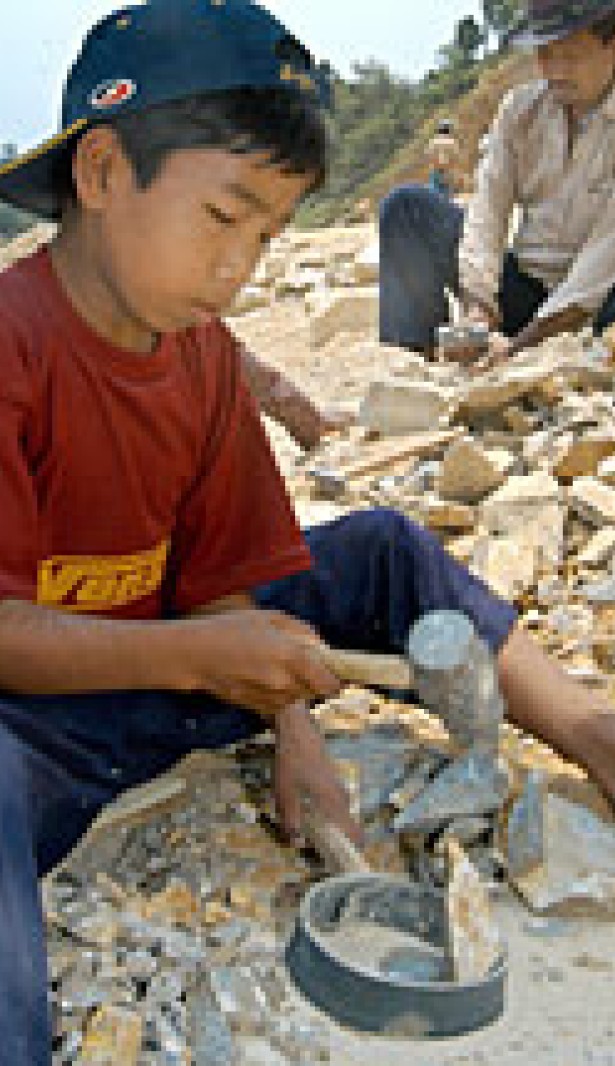
VIEW THIS PAGE IN:
